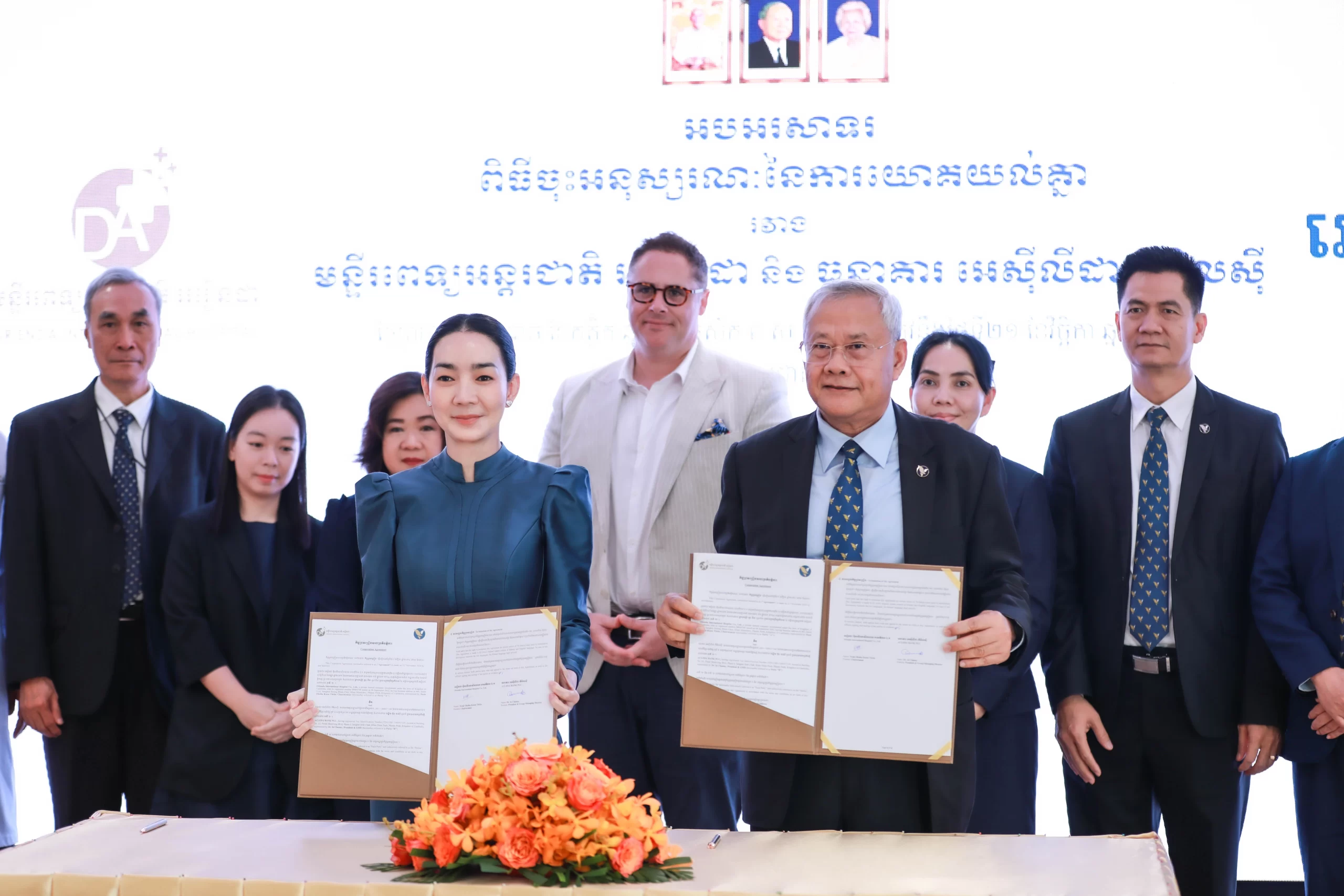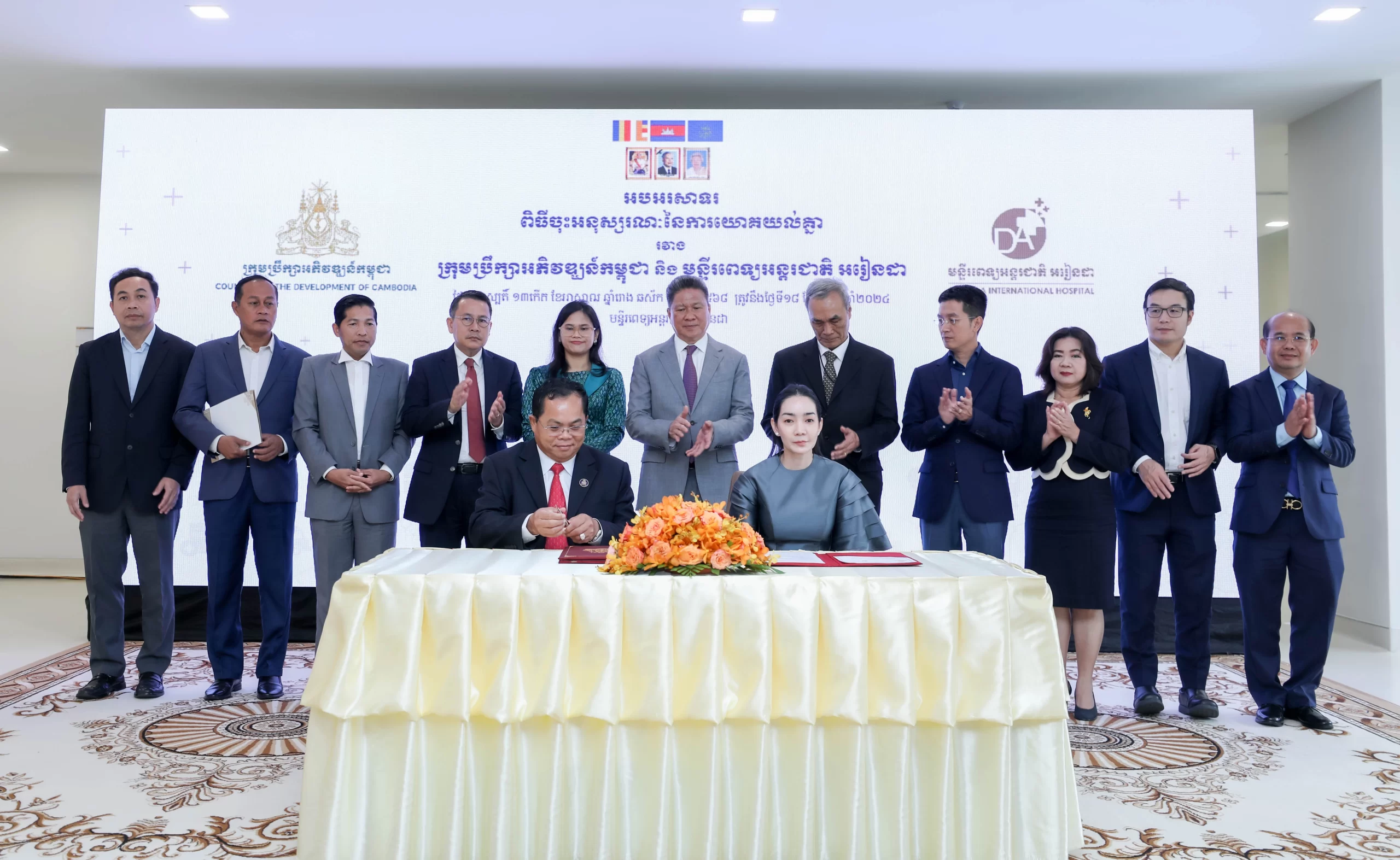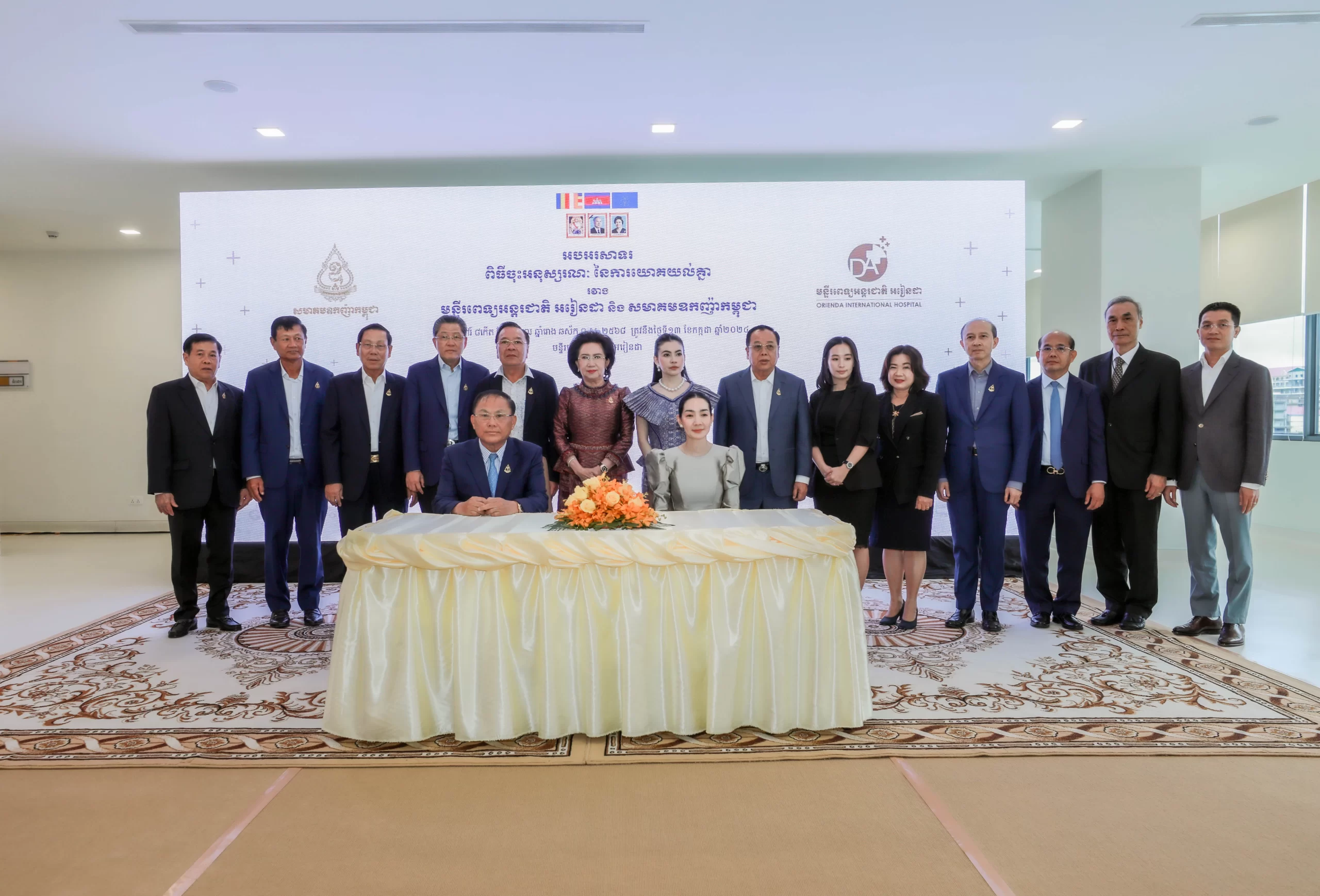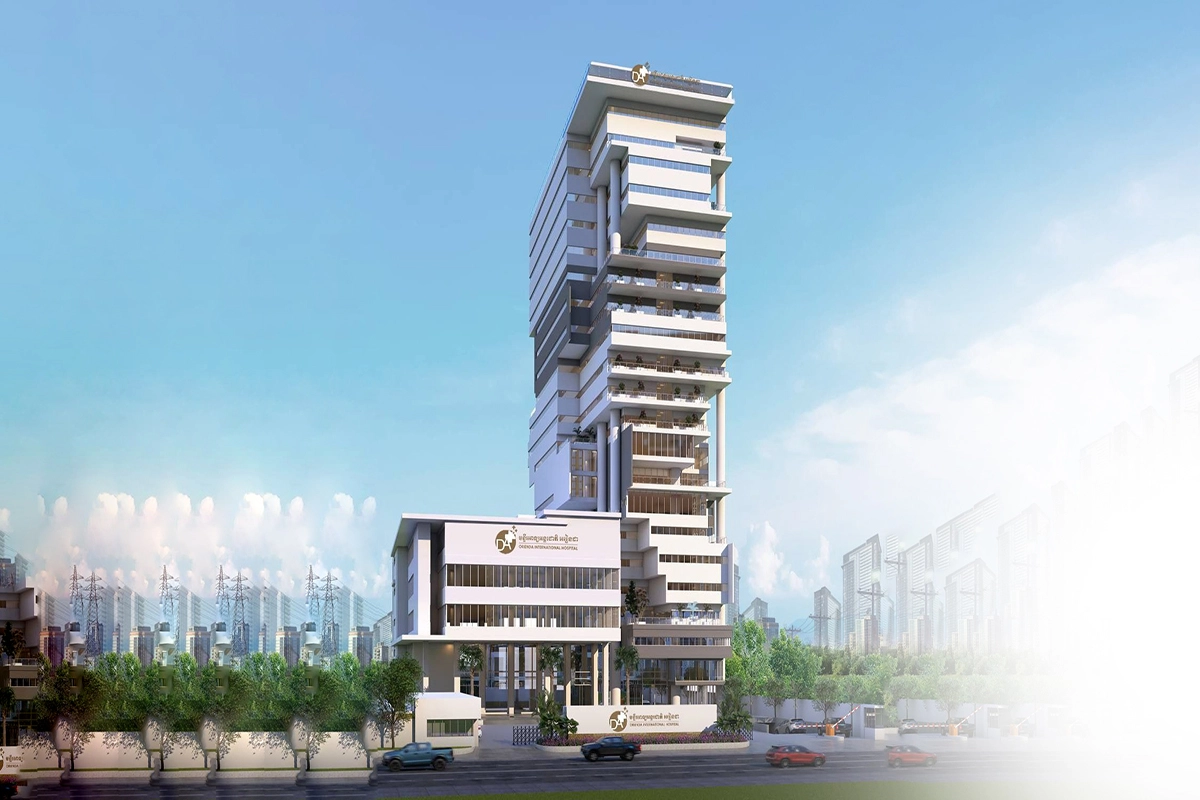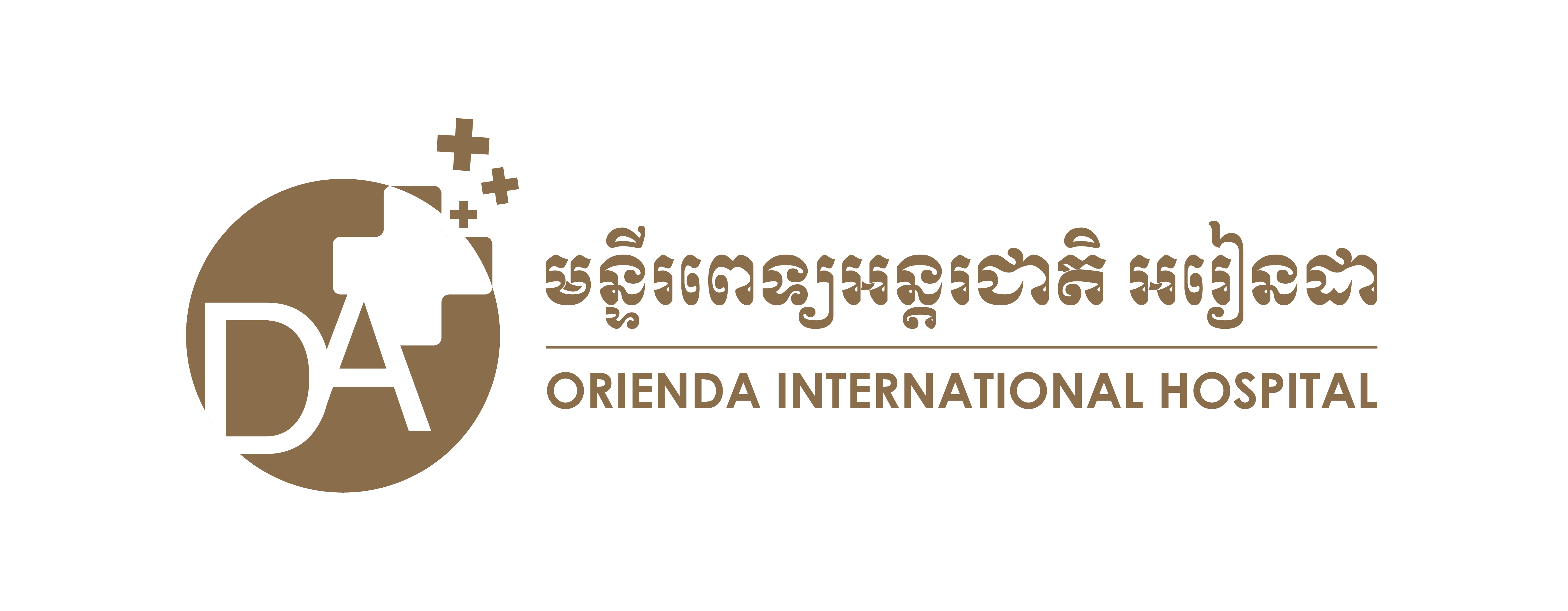Can the Spine be Spondylolisthesis?

Slip of the spine, also known as Spondylolisthesis, occurs when a spinal joint moves out of its normal position towards the front. Spondylolisthesis can occur at any position, but it often happens in the lower back, specifically at L4-L5 and L5-S1. The condition can cause unbearable back pain, especially when you move or change positions. Spondylolisthesis normally occurs alongside a narrowing of the ventricle, but both can be treated with techniques like Transforaminal Lumbar Interbody Fusion (TLIF).
Check if the spine is moving or not.
The main symptoms of Spondylolisthesis are as follows:
– Lower back pain that worsens when standing for a long time, walking long distances, sitting for an extended period or bending down to pick up things.
– Back pain radiates down to the buttocks or legs.
– Numbed back or shooting pain, radiating down one or both legs.
– Prolonged compression of nerves can lead to weakened muscles and digestive issues.
These symptoms may arise from one or various causes mentioned earlier. It’s advisable to consult a doctor promptly. Many people mistakenly believe that spondylolisthesis is similar to a herniated disc, but in reality, both conditions have distinct symptoms and causes.
How long should lower back pain persist before seeing a doctor?
– Back pain worsens when moving or changing positions during sleep.
– If there is nerve compression, there may be lower back pain and numbness or shooting pain like an electric shock radiating down one or both legs.
– Lower back pain lasting for more than 3-4 weeks.
– Pain in the upper thighs, hips, or buttocks lasting longer than 3-4 weeks.
– Back pain when walking or standing for an extended period.
Diagnosis
After the doctor has examined the history and conducted a physical examination and performed a test by straightening the patient’s legs, if the patient has disc herniation, they will not be able to straighten their legs forward. The doctor will then send them for X-rays and MRI to examine at what level the spinal joints are pressing on the nerves.
4 Levels of Spondylolisthesis Severity
Level 1: Spinal joint movement is less than 25%.
Level 2: Spinal joint movement is between 26-50%.
Level 3: Spinal joint movement is between 51-75%.
Level 4: Spinal joint movement is between 76-100%.

Treatment of Spondylolisthesis
Treatment for spondylolisthesis can be divided into:
1. Non-surgical Treatment
The non-surgical treatment of spondylolisthesis depends on the symptoms and the severity of vertebral movement. It can be treated as follows:
-Avoid inappropriate behavior that contributes to increased spinal joint movement, such as lifting heavy objects.
-Control weight to maintain it within the standard range.
-Use pain relievers in the NSAIDs group as prescribed by a doctor.
-Administer injections to reduce inflammation around the spinal nerve cavity.
-Engage in physical therapy to enhance flexibility and strength in the core muscles.
-Wear a lumbar support belt (LS support).
2. Treatment with Surgery
Treating spondylolisthesis involves fusing the spinal joints in the lumbar region using minimally invasive techniques and a guided system known as Transforaminal Lumbar Interbody Fusion (TLIF). This procedure aims to halt further spinal movement by connecting the joints and inserting an artificial lumbar disc. The surgery involves expanding the narrowed nerve tract through a small incision. This technique minimizes bruising and utilizes specialized tools, including percutaneous screws, placed under the guidance system. The use of percutaneous screws avoids damaging the muscles, allowing for faster recovery for the patient.
How to Prevent Spondylolisthesis?
-Stretch your muscles before exercising or engaging in sports.
-Incorporate strength training exercises for the core muscles.
-Limit the time spent on sports that put excessive strain on the spine, especially those involving twisting motions, such as golf, tennis, gymnastics or weightlifting, as they may pose a risk of spondylolisthesis.
-Avoid overexertion in sports or exercise.
-Maintain a healthy weight within the recommended range.



